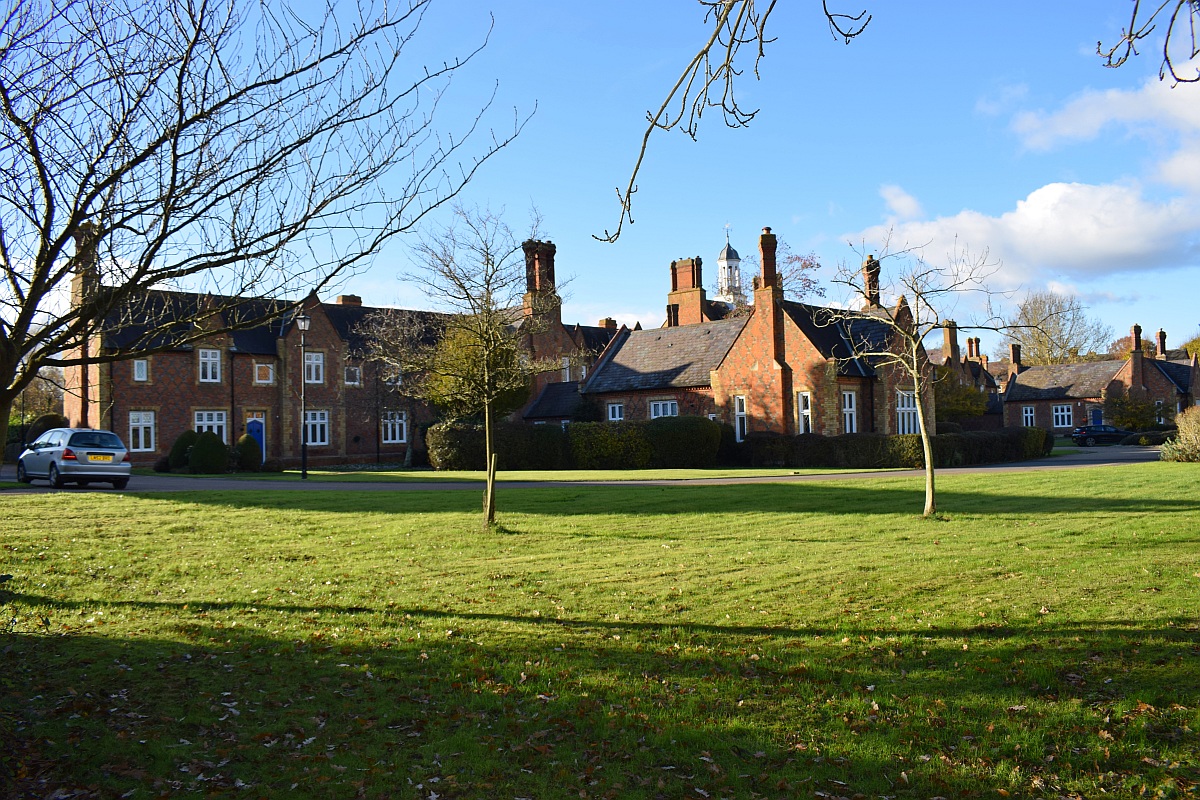After another successful application for permission (both retrospective and proposed) the unique heritage of Bears Rails Park site is a valuable project for understanding heritage conservation in action!
For any homeowner or professional tackling work in a historic or sensitive setting, these key points are excellent, proactive guidance for making the right, informed decisions from the very start.
1. Always check the full scope of legal protection: The ‘curtilage’ rule
The biggest issue is understanding curtilage listing. This crucial rule means that structures, walls, or even objects on the land of a historic property (if they pre-date a certain year, typically 1948 in England) can be legally treated as part of the primary Listed Building.
- Tip for Homeowners: If you own a house near or associated with a listed property, assume that any older outbuilding, boundary wall, or even garden feature may require Listed Building Consent (LBC). Getting confirmation early prevents major headaches later.
2. Start smart with a proactive heritage assessment
A Heritage Assessment (or Heritage Statement) shouldn’t be seen as a hurdle; it’s your most powerful planning tool. This document formally identifies the historic value (Significance) of every relevant element on the site, from the curtilage-listed structures to the overall setting.
- Tip for Professionals: By conducting this assessment and engaging with the local authority early, you proactively demonstrate that you understand the site’s value. If your design causes any ‘harm’ (even minor, like altering an old garden wall), the Statement is where you provide the clear, justified public or private benefit for your proposed work, making your case for approval much stronger.
3. Design with respect: Subservience is key to approval
For any new construction, part retrospective in this case, the design must be sensitive and subservient to the existing historic surroundings.
- Tip for Everyone: Think of the new structure as a secondary to the listed element. Choosing an appropriate scale, harmonious materials, and placement that minimises the visual impact on the historic setting ensures you preserve the ‘story’ of the site while still achieving your modern needs. A design that proves it doesn’t detract from the setting is a design that is far more likely to be approved.
Navigating Complexities Successfully
Navigating these detailed regulations can certainly be complex. If you’re currently working on a similar project for a client, or need to ensure a Heritage Assessment is comprehensive, robust, and persuasive, remember that having an expert guide can make the entire planning process smoother and more successful. We’re always here to help translate these crucial issues into actionable, compliant, and well-justified design solutions for your projects.


No Responses